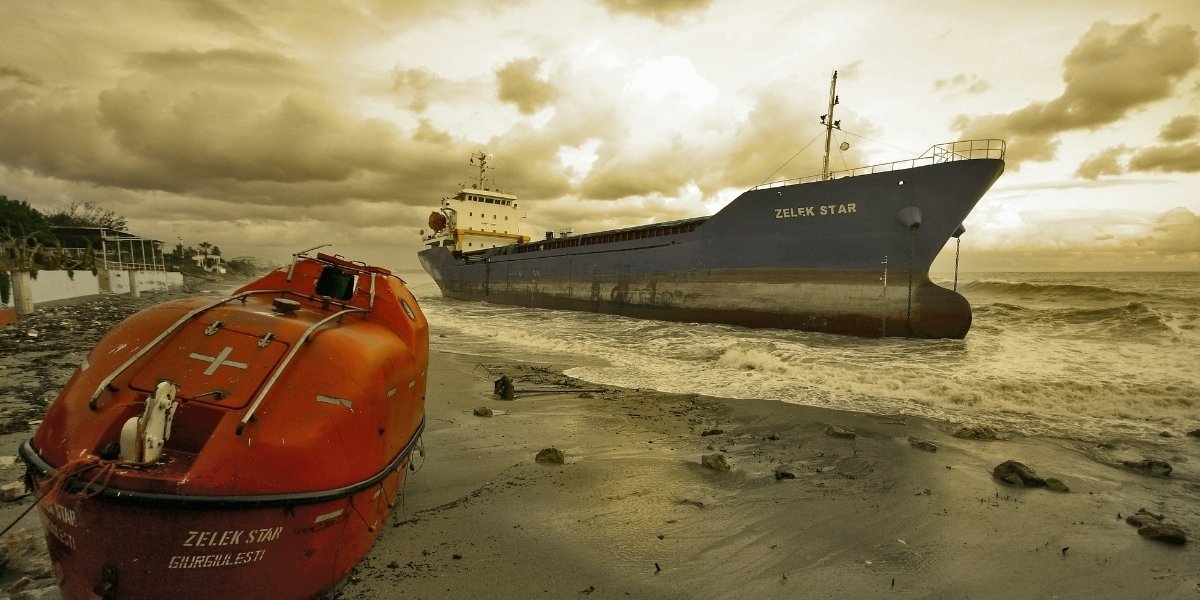Lifeguard training is a critical starting point for people aspiring to perform rescues in aquatic environments. These far-reaching courses are carefully intended to furnish members with a hearty array of skills and knowledge, ensuring the safety and well-being of swimmers, surfers, and beachgoers.
Lifeguards are not only observers but also prepared responders who play an essential role in preventing accidents and overseeing emergencies that might emerge in aquatic settings.
Essential Lifeguard Skills
Lifeguard training centers on key skills essential for water rescue operations. Trainees are broadly educated on safe strategies for entering the water, moving toward distressed swimmers, and giving immediate assistance until professional assistance arrives.
This envelops techniques for surveying the earnestness of a situation and settling on brief choices custom-made to the degree of danger present, ensuring swift and viable response times.
Understanding Aquatic Environments
Lifeguarding programs emphasize a complete understanding of different aquatic environments, including pools, lakes, rivers, and oceans. Each setting represents its unique challenges, going from areas of strength from riptides to unexpected changes in water profundity. Lifeguards undergo rigorous training to adjust their systems, ensuring they are well-ready to handle the diverse situations they might experience.
CPR and First Aid Training
Even with water rescue skills, lifeguard training envelops complete CPR and first aid certification. These critical skills are vital for immediate medical assistance to distressed people. Lifeguards are prepared to swiftly perceive drowning indications, perform CPR, and oversee fundamental first aid until professional medical help can be secured.
Risk Assessment and Prevention
A basic part of lifeguard certification is the capacity to lead exhaustive risk assessments and implement preventative measures. Lifeguards are equipped with the skills to identify likely hazards inside their environment, like dangerous surfaces, stuffed pools, or lacking safety equipment.
Through proactive risk management and the implementation of powerful safety protocols, lifeguards play an essential role in limiting the probability of mishaps and ensuring a protected aquatic experience for all.
Communication and Teamwork
Viable communication and seamless teamwork are basic for lifeguards to organize rescues and respond proficiently to emergencies. Lifeguard programs emphasize the development of clear communication protocols, successful flagging techniques, and cooperative practices with other first responders, including paramedics and firemen. These skills empower lifeguards to work durably and collectively, ensuring an organized and viable response to any emergency.
Fitness and Physical Conditioning
Physical fitness and conditioning are principles that help lifeguards perform their duties. Lifeguard training incorporates rigorous fitness assessments and conditioning drills to ensure lifeguards keep up with excellent physical fitness levels. These envelopes swim long distances, conveying heavy equipment and offering help to various people in distress, all of which require an elevated degree of strength, endurance, and agility.
Legal and Ethical Responsibilities
Lifeguards convey significant legal and ethical commitments to protect the safety and government assistance of everyone under their watch. Lifeguard programs dive into crucial points like the duty of care, negligence, and legal liabilities.
Lifeguards are prepared to exercise care, stick strictly to laid out safety protocols, and expeditiously report any incidents or hazards they experience, accordingly maintaining high standards of professionalism and responsibility.
Continuing Education and Professional Development
Following the effective culmination of training and lifeguard certification, lifeguards are urged to participate in continuous education and professional development. These pursuits might incorporate learning advanced rescue techniques, going through specialized training custom-fitted to specific aquatic environments, or accepting leadership roles inside lifeguard teams.
Lifeguards should keep up to date with recent advances in water safety and rescue techniques, subsequently ensuring they remain ready enough to handle any challenges that might emerge during their duties.
Advanced Lifeguard Techniques
Beyond the central skills canvassed in essential training, advanced techniques are likewise a crucial piece of a lifeguard’s collection. These techniques might incorporate specialized water rescue maneuvers customized to specific environments, such as swift water rescue techniques for rivers or untamed water rescue methodologies for oceans.
Lifeguards undergo rigorous training to master these advanced techniques, ensuring they are well-prepared to deal with complex rescue situations confidently and competently.
Ceaseless Training and Skill Maintenance
Lifeguard certification is not a one-time occasion but a continuous commitment to consistent training and skill maintenance. Lifeguards are urged to participate in regular training sessions and skill drills to support their knowledge, upgrade their abilities, and remain updated on ideal practices in water safety and rescue operations.
Ceaseless training permits lifeguards to address any regions for development and remain ready to respond consistently to emergencies.
The American Lifeguard Association
Thus, lifeguard training plays a vital role in equipping people with the skills and knowledge important to perform rescues in aquatic environments securely. Lifeguards undergo exhaustive training enveloping water rescue techniques, CPR and first aid certification, risk assessment, communication, teamwork, legal responsibilities, and physical fitness.
Lifeguard certification from reputable organizations, such as the American Lifeguard Association, aims to ensure that lifeguards fulfill rigid training, professionalism, and competence guidelines, subsequently safeguarding the lives and well-being of people appreciating aquatic activities worldwide.
Published by: Martin De Juan









